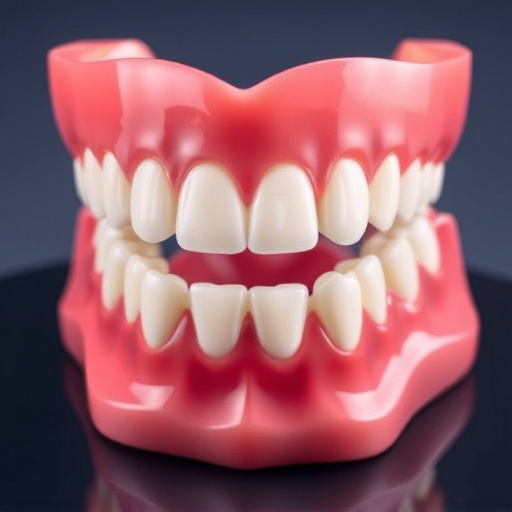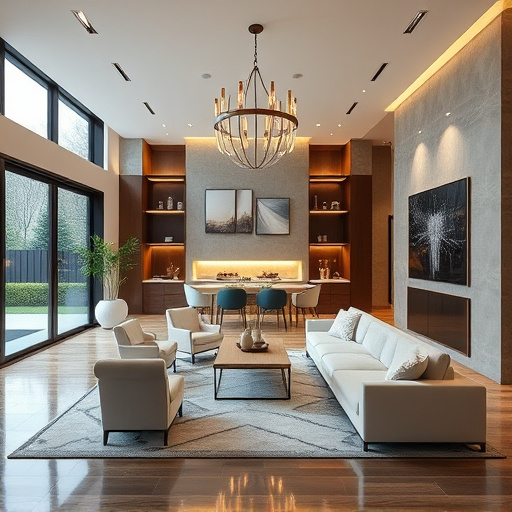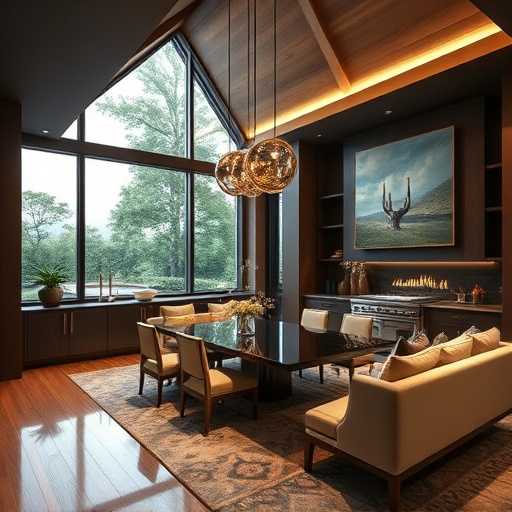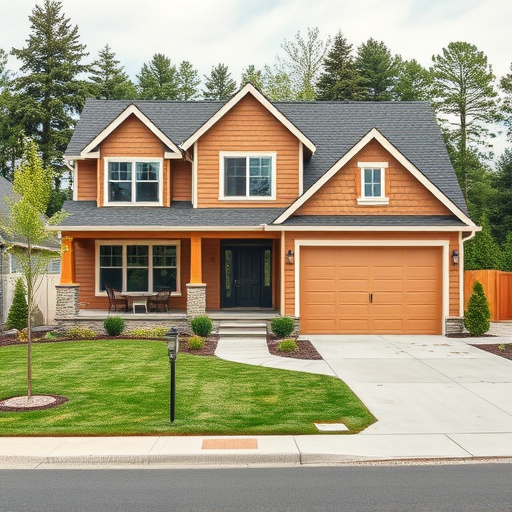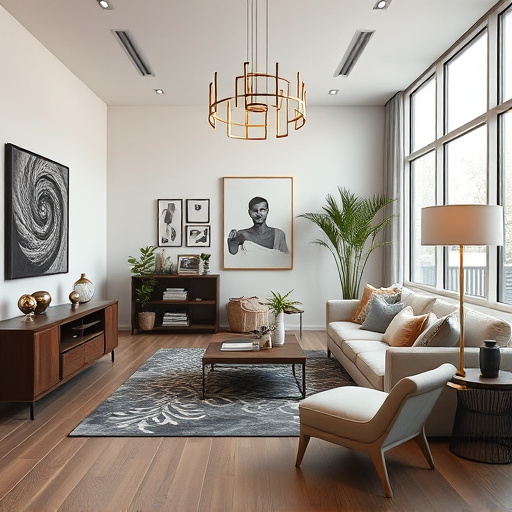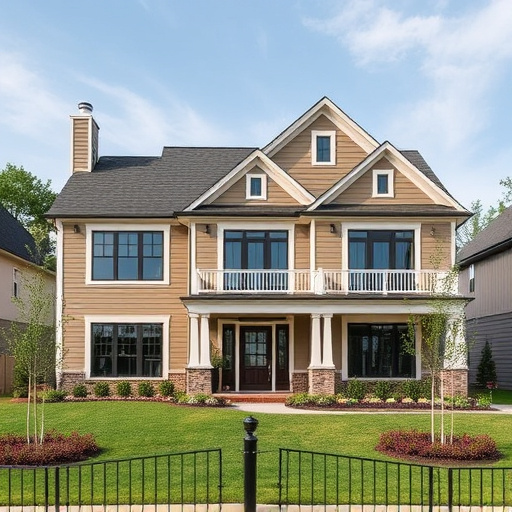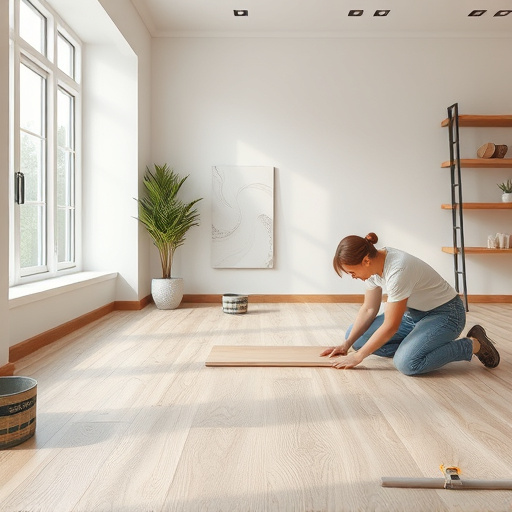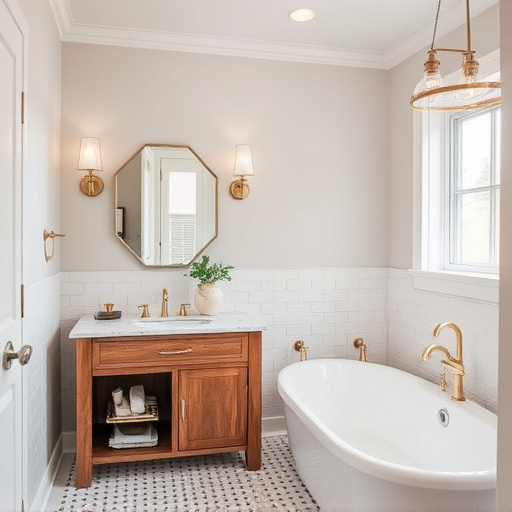Commercial design strategically shapes customer experiences and behaviors, enhancing brand image and driving loyalty. By creating immersive, aesthetically pleasing spaces that guide patrons, businesses capture attention and encourage engagement. Balancing visual appeal with functionality fosters positive experiences, influencing purchasing decisions and boosting repeat business across industries.
In today’s competitive market, commercial design plays a pivotal role in shaping customer experiences. From retail spaces to digital interfaces, well-crafted design strategies captivate audiences and foster meaningful interactions. This article explores the transformative power of commercial design, focusing on how it creates immersive experiences that blend aesthetics and functionality. We delve into key aspects such as understanding consumer psychology, leveraging visual storytelling, and integrating cutting-edge technologies to enhance customer engagement and drive business success.
- Understanding the Power of Commercial Design
- Creating Immersive Customer Experiences
- The Role of Aesthetics and Functionality in Retail
Understanding the Power of Commercial Design
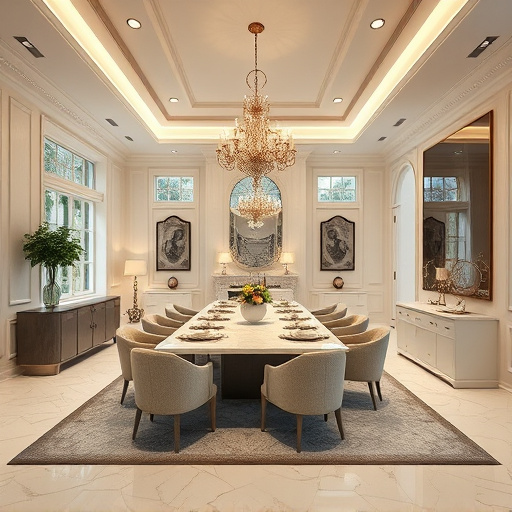
Commercial design isn’t just about aesthetics; it’s a powerful tool that shapes how customers perceive and interact with businesses. In today’s competitive market, understanding the impact of commercial design on customer experience is crucial. Well-designed spaces can enhance brand image, encourage customer engagement, and even influence purchasing decisions.
From the moment patrons enter a space, whether it’s a revamped kitchen in a restaurant or multiple room remodels in a retail store, they form immediate impressions. Customized work that aligns with current trends and caters to specific needs creates an inviting atmosphere, fostering a positive experience. This, in turn, builds brand loyalty and encourages repeat business, making commercial design a vital component in achieving long-term success in any industry.
Creating Immersive Customer Experiences
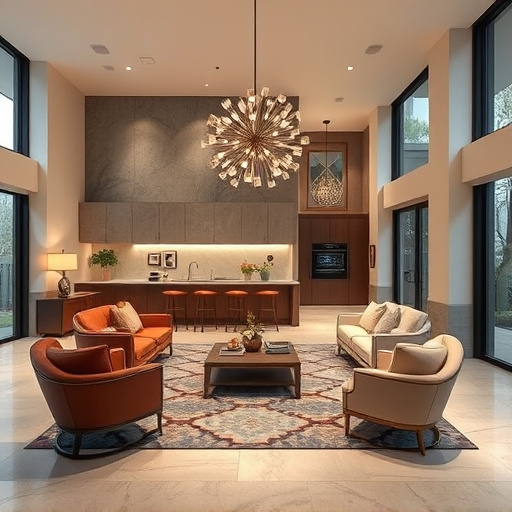
In today’s competitive market, commercial design plays a pivotal role in shaping customer experiences. By integrating innovative and strategic design elements, businesses can create immersive environments that captivate and engage their target audience. This is particularly evident in retail spaces, where visually appealing and well-designed interiors act as powerful tools to enhance brand perception and encourage customer spending. For instance, a thoughtfully designed showroom with careful consideration for lighting, color schemes, and layout can transform the way patrons interact with products, fostering a sense of discovery and pleasure.
The impact of commercial design extends beyond aesthetics; it significantly influences how customers navigate and perceive various services. Take home improvement stores, for example, where interior painting techniques and thoughtful placement of display shelves can guide shoppers through the store, making them more likely to explore different product categories. Similarly, a well-planned kitchen remodel area in a home renovation center allows customers to visualize and appreciate the latest design trends, fostering confidence in the brand’s ability to transform their own spaces. These immersive experiences not only leave a lasting impression but also encourage repeat visits, ultimately driving customer loyalty and business growth.
The Role of Aesthetics and Functionality in Retail
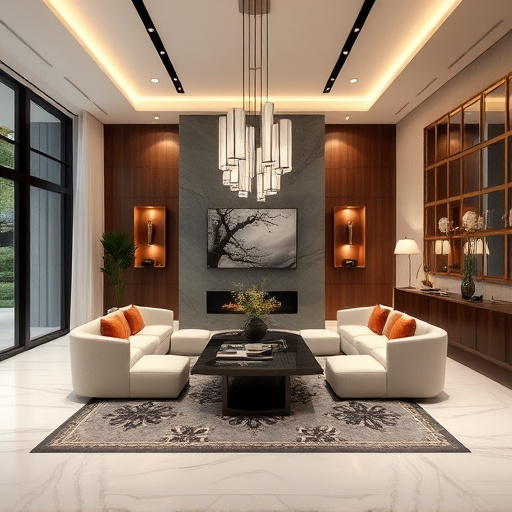
The retail environment is a carefully curated experience, where aesthetics play a pivotal role in drawing customers in and fostering their engagement. Commercial design, with its focus on visual appeal and user-centric layouts, has become an art form that influences purchasing decisions. A well-designed space can evoke emotions, create a sense of wonder, and leave a lasting impression, all of which contribute to enhanced customer satisfaction and loyalty. From the moment patrons step into a store, they subconsciously assess the ambiance, color schemes, and product presentation, forming immediate opinions.
Balancing aesthetics with functionality is essential in retail settings. Commercial design experts understand that while visually stunning displays attract attention, practical considerations must accompany them. For instance, in a kitchen and bath showroom, sleek designs and vibrant colors can showcase the latest trends, but functional spaces and thoughtful storage solutions are equally vital to cater to customers’ needs. The same principle applies to exterior painting and other decorative elements, ensuring that aesthetic enhancements complement the overall functionality of the space. This fusion of form and purpose ultimately shapes a memorable customer experience, encouraging repeat visits and building a positive brand association.
Commercial design plays a pivotal role in shaping today’s customer experience, transcending mere aesthetics. By seamlessly integrating immersive environments, thoughtful functionality, and strategic layout, businesses can create engaging retail spaces that attract and retain customers. Understanding the delicate balance between visual appeal and practicality is key to leveraging commercial design as a powerful tool for enhancing consumer interactions and fostering brand loyalty in an increasingly competitive market.



